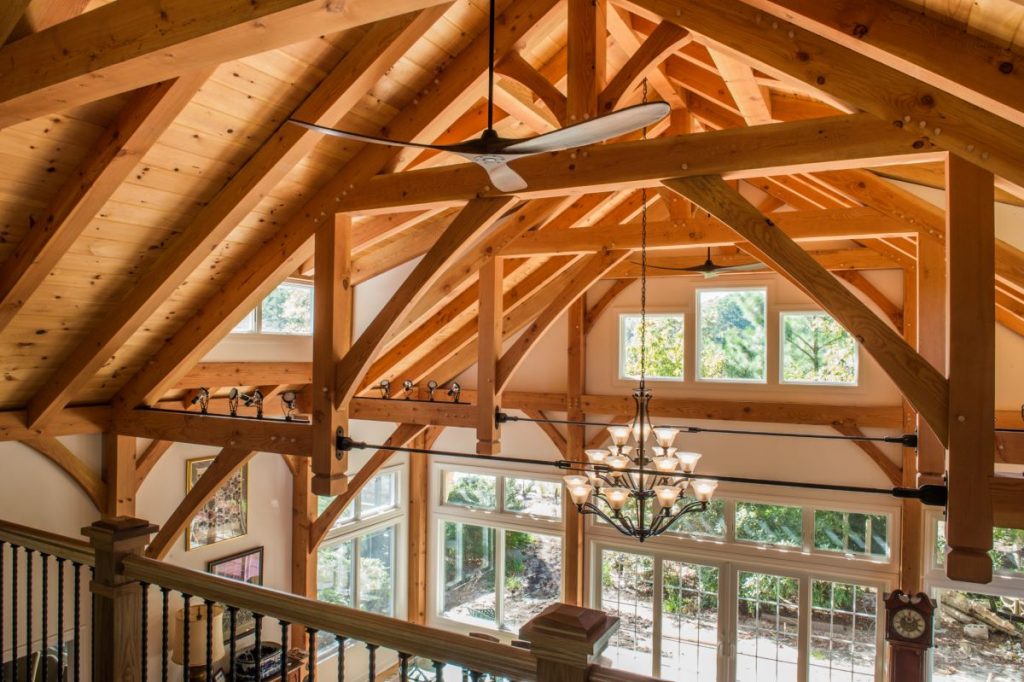Table of Contents
The construction industry is growing, thanks to an ever-increasing demand for housing. More jobs are being created and more revenue is being generated, but what does this mean for the sustainability of the industry? The focus must be placed on being more environmentally friendly, or the construction industry risks doing more harm than good.
Growth of the Industry
In both the UK and the USA, the construction industry is growing at a rapid rate. The main drive behind the growth in the UK is the need for housing. In December 2016, the number of new orders for the construction industry grew at the fastest rate since January of that year. However, there are concerns that this is only temporary for most contractors. In the USA, the construction industry makes up a vital part of the economy. Like the UK, the main priority for the industry is housing. According to Focus Reports, the total expenditures for the industry are expected to total $1.5 trillion in 2020 – a growth of 6.0% from $1.1 trillion in 2015.

Corporate Responsibility
Companies have been prioritizing creating a Corporate Social Responsibility (CSR) policy for several years now, with the fashion industry leading the way. However, the construction industry has been lagging behind somewhat. A CSR policy is designed to ensure that the actions of the company are sustainable and don’t damage the environment or stakeholders. All construction companies from designers to contractors should implement a policy. It should effectively have four parts: environment, community, marketplace, and workplace. The environmental aspect of the strategy should look at ways that the company can reduce its impact on climate change and carbon emissions, as well as ways to use less water and reduce waste. The community aspect looks at job creation, health and safety, and volunteering to determine how the company can have a positive influence on a global scale. The marketplace aspect looks at the profitability of the company, and how it can act ethically to improve profits – construction companies would look at the procurement of contracts and managing the supply chain. Lastly, the workplace aspect determines how staff will be treated fairly, how discrimination can be prevented, and how the workplace can be made more accessible to all people. The four elements make up a CSR strategy which should be adhered to at all times.
Developing an Environmental Plan
Each time you undertake a project, you should create an environmental plan. It’s not the same as a CSR policy as it is specific to the individual project and should be tailored to fit it each time. You should bear in mind that a client you’re working with may have their own environmental policy, which can help you develop your plan. The environmental plan should include information on the location, the tender, the design, construction, operation, and disposal. It should detail working practices, local infrastructure, use of harmful materials and how you plan to dispose of them, the sources of the material, and energy use. You should aim for the plan to set specific targets and standards.
Use of Recycled Materials
According to the Green Building Council, the construction/demolition sector is the largest contributor to waste in the UK, as it generates around 120m tonnes every year. Properties are rarely built to last or be reused. If contractors were to design buildings with reusable components in the first instance, the issue could be avoided and less waste would be generated as a result of the construction industry.
Solar Energy
Solar energy solutions for commercial buildings are often very expensive, and as a result, are not used by construction companies. The most common way to use solar energy in buildings is solar panels which can be fitted into existing buildings easily. The benefits of using solar power usually arrive after the construction process, when electricity bills can be reduced. However, there are benefits for the contractors too – some Government policies in the USA reward construction companies for including solar power in their work.

Reduce the Carbon Footprint
Carbon emissions are bad for us, and bad for the planet. The construction industry needs to research different ways to heat buildings and reduce energy use. The same process needs to occur for cooling buildings in hot summers – industry research has shown that emissions can be reduced by as much as 80% just by opening windows to cool offices. However, sometimes this isn’t practical so effective ventilation systems must still be designed. In the future, buildings could be heated with electricity, rather than gas. There are lots of ways that construction companies can work towards reducing their carbon footprint simply by implementing a greener design that uses renewable energy sources.
The Future of the Industry
Governments around the world are already taking steps to ensure that the future of the construction industry is sustainable. The latest regulations from the EU state that any new housing projects which don’t meet the required standards of passive construction will not be granted permission to be built. In Sweden, new construction projects are required to avoid using fossil fuels. Another trend to help sustainability is building multi-functional skyscrapers. For instance, the Shard in London is a ‘village’ of shops, offices, hotels, and private residences. Likewise, the Shanghai Tower in China has restaurants, shops, public spaces, and gardens. The aim of multi-functional skyscrapers is to reduce the need for multiple buildings in a city to reduce emissions. The idea has been both praised and criticized by the construction industry.
By ensuring that a CSR policy and an environmental plan for each project are a core part of their business, construction companies can work towards making the industry more sustainable.








